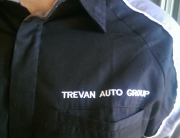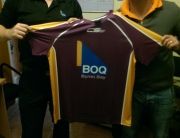During the latest mergers and acquisitions growth, many companies saw their stock prices rise – the result of what is called worth creation. But as the economy sags, shareholders should probably ask, “What was that exactly about? ”
The response depends on if acquiring businesses can measure and verify the value of the acquisitions. The traditional methodology involves assessing the pre- and post-merger share rates of the acquiring and concentrate on firm. Although this method is inconclusive since stock prices are unstable and depend on a host of internal and external factors.
In contrast, computing the really worth of concrete assets, like real estate and machinery, is a lot easier — yet even this method has the limitations. For instance, a company’s net touchable assets can be overstated or perhaps understated, depending on just how it handles its balance sheet and cash flows.
Mergers and acquisitions aren’t just about acquiring companies’ possessions; they also set up value simply by introducing financial systems of increase and synergetic effects. Operating on the larger size allows businesses to gain access to better sources of capital and spend less through larger volume production. For example , when Fb acquired Instagram data room management system and Whatsapp, it didn’t just put the apps’ users; that created a network with a great aggregated user base that produced its own providers more priceless to their customers.
Applying comparative value methods like discounted cash flow (DCF) and comparable businesses analysis can help distinguish these kinds of chances. However , is important to keep in mind that every combination is unique. When the old saying goes, “Don’t compare and contrast your goose to someone else’s. ” Rather, consider how much every golden egg will equal to over time.















































